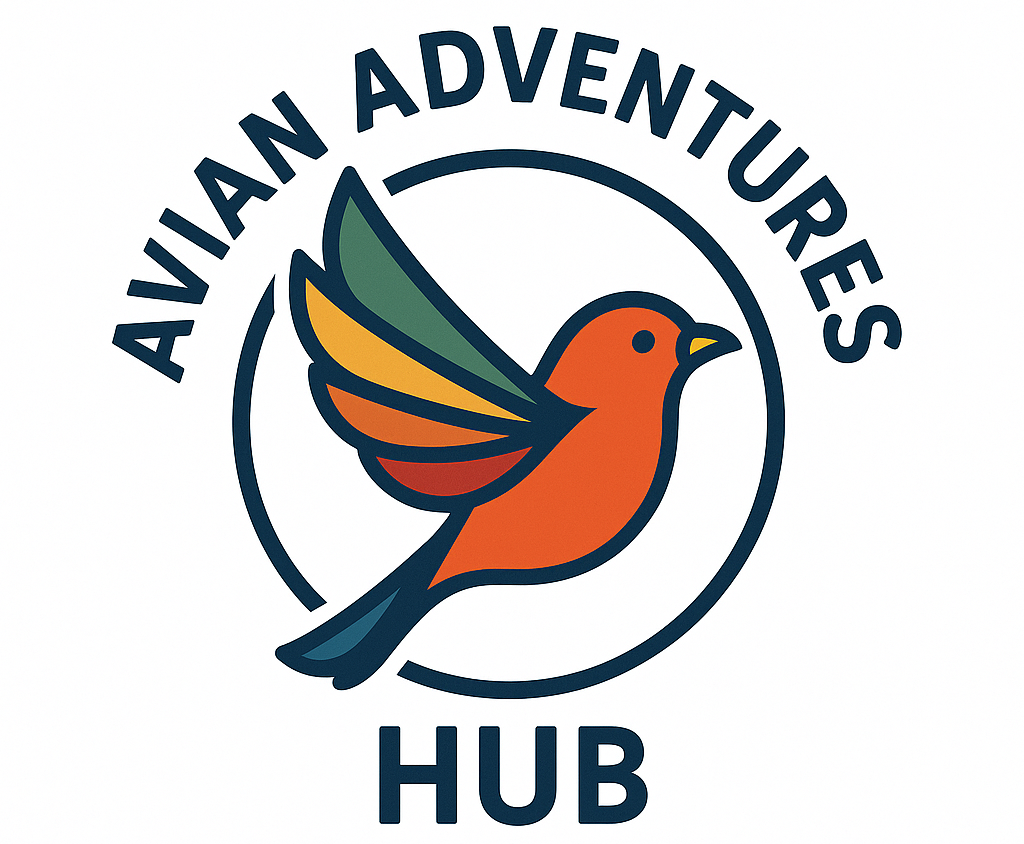3-day Agulhas Plains (Overberg) Birding Trip
Click link below to learn more:
Description
3-day Agulhas Plains (Overberg) Birding Trip
(2-day version also available)
This is a trip in which a disproportionate number of large and spectacular birds are encountered. We bird the stronghold of the world’s population of Blue Crane (South Africa’s national bird) and should see many hundreds of individuals of this species (sometimes with youngsters in early summer). This three-day trip will also incorporate some of the mountain fynbos specials which we can see while traveling between Cape Town and the Agulhas Plains, and for those who are keen we can also include a visit to Cape Agulhas, the most southerly point of the African continent. If you are short of time, it is possible to do the Agulhas Plains in two days (one night) from Cape Town however we would recommend three days to ensure we can include most of the below exciting birding opportunities.
 The Agulhas Plains hold the largest numbers of South African Blue Cranes.
The Agulhas Plains hold the largest numbers of South African Blue Cranes.
Day 1: Cape Town to Agulhas Plains
The Agulhas Plains lie around 150 km (a roughly three-hour drive) east of Cape Town and today we will be making our way here slowly with lots of birding stops en route. We can bird picturesque mountain fynbos where we normally find Cape Rockjumper, Cape and Sentinel Rock Thrushes, Victorin’s Warbler, Cape Siskin, Cape Sugarbird, Orange-breasted Sunbird and Ground Woodpecker. If you are after some of the Cape’s special coastal bird species, we can also head to a nearby African Penguin colony where Cape, Bank and Crowned Cormorants breed too.
 Victorin’s Warbler is one of the many fynbos specials we will target on our way to the Agulhas Plains.
Victorin’s Warbler is one of the many fynbos specials we will target on our way to the Agulhas Plains.
We will then continue eastwards and can stop off at Cape Agulhas, the most southerly point of the African continent and enjoy the beauty and significance of the area. Next, we can perhaps visit a nearby Damara Tern breeding colony (seasonal) before we end a long day at our beautifully set accommodation.
Overnight: Mudlark Riverfront Lodge or De Hoop Collection (more expensive option)
Day 2: Agulhas Plains birding
Today we will mostly be based around De Hoop Nature Reserve where we will bird the plains and surrounding areas for its many endemics and specials. The Agulhas Plains are one of the few areas where Denham’s Bustard is still common, along with its cousin Karoo Korhaan which is fairly reliable in the area’s wheatfields. There are a few pairs of Secretarybirds found in the area and we have a good chance of finding this charismatic predator. Good numbers of White Stork visit in summer as well as roving flocks of Common Swift. The stunning, endangered, endemic Black Harrier quarters low over the plains while the endemic Jackal Buzzard is common, along with many other raptors that sometimes include Lanner Falcon. The rolling hills and flat plains are also home to two extremely localized lark species; Cape Clapper Lark (with its bizarre breeding display) and Agulhas Long-billed Lark. Other slightly more widespread larks (but still endemic to southern Africa) such as Large-billed Lark, also abound. The area also holds Cape Vulture, the uncommon Knysna Woodpecker, Southern Tchagra, a host of waterbirds (including Maccoa Duck and other difficult species) and shorebirds, Grey-winged Francolin, Cape Spurfowl, African Hoopoe, and a host of others.
 We’ll look out for the endemic Knysna Woodpecker in De Hoop Nature Reserve.
We’ll look out for the endemic Knysna Woodpecker in De Hoop Nature Reserve.
Large mammals such as Bontebok, Springbok, Eland, Grey Rhebok, the neat (Cape) Mountain Zebra, and close inshore Southern Right Whale (seasonal) also occur. Our accommodation often hosts resident Western Barn Owl and Spotted Eagle-Owl as well as Fiery-necked Nightjar which may all be seen and heard at night.
Overnight: Mudlark Riverfront Lodge or De Hoop Collection (more expensive option)
Day 3: Fynbos Buttonquail and further Agulhas Plains birding
This final day is set aside to find any missing targets before we make the long drive back west to Cape Town. For those who are keen to see Fynbos Buttonquail, we can visit a nearby fynbos reserve which hosts this rarely-seen endemic, however please note this involves long walks (often a few hours long) through tough terrain!
A further option is a predawn start to Grootvadersbosch Forest (a roughly two-hour drive) at the base of the Langeberg Mountains, which form the inland backdrop to the Agulhas Plains. Here we can find good numbers of forest and forest-edge endemics and other desirable species. The exciting list includes Forest Canary, Swee Waxbill, Victorin’s Warbler, Olive Woodpecker (also Knysna Woodpecker, but we may have already found this on the Agulhas Plains), Narina Trogon, up to three different honeyguide species, Olive Bushshrike, Yellow-throated Woodland Warbler, the endangered Knysna Warbler, and many others. From Grootvadersbosch Forest it is still another three hours back to Cape Town, and so this excursion will mean a long day out but it is possible to include.
 Forest Canary are common in Grootvadersbosch Forest.
Forest Canary are common in Grootvadersbosch Forest.
The guide for day trips is allocated only after you have booked, as all of them are run as private trips. But we always use the country’s top birding guides.

